Storyland
From 1959 to the 1990s, kids could step into fairy tales at the San Francisco Zoo.
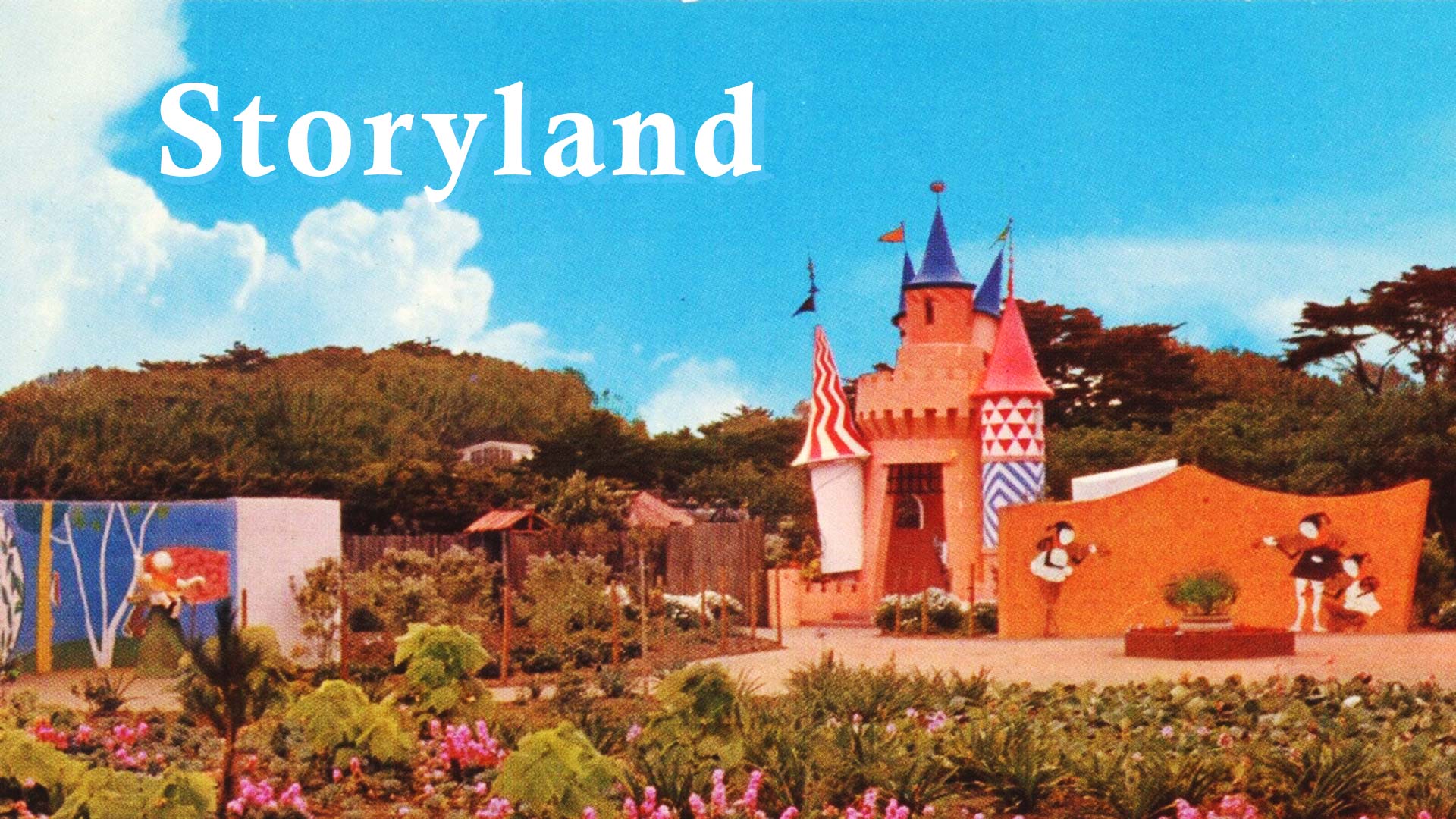
(Versions of this article originally appeared in a couple of places, including Outsidelands.org)
The San Francisco Zoo presents itself in a much more serious manner than when I was a kid in the early 1970s. Children visiting today are introduced to concepts such as conservation, endangered species, and biodiverse ecosystems.
I was introduced to pink popcorn.
Ecology lessons still have a hard time competing with a ride on the Little Puffer train or the historic carousel. These attractions now feel like outliers, remnants of the garish and rowdy zoo of my youth. In the 1960s and 1970s, when the zoo’s main entrance was a winding descent from Sloat Boulevard and 45th Avenue, my friends and I often never made it to the animals because there was so much to see and do in the first few hundred yards past the gate.
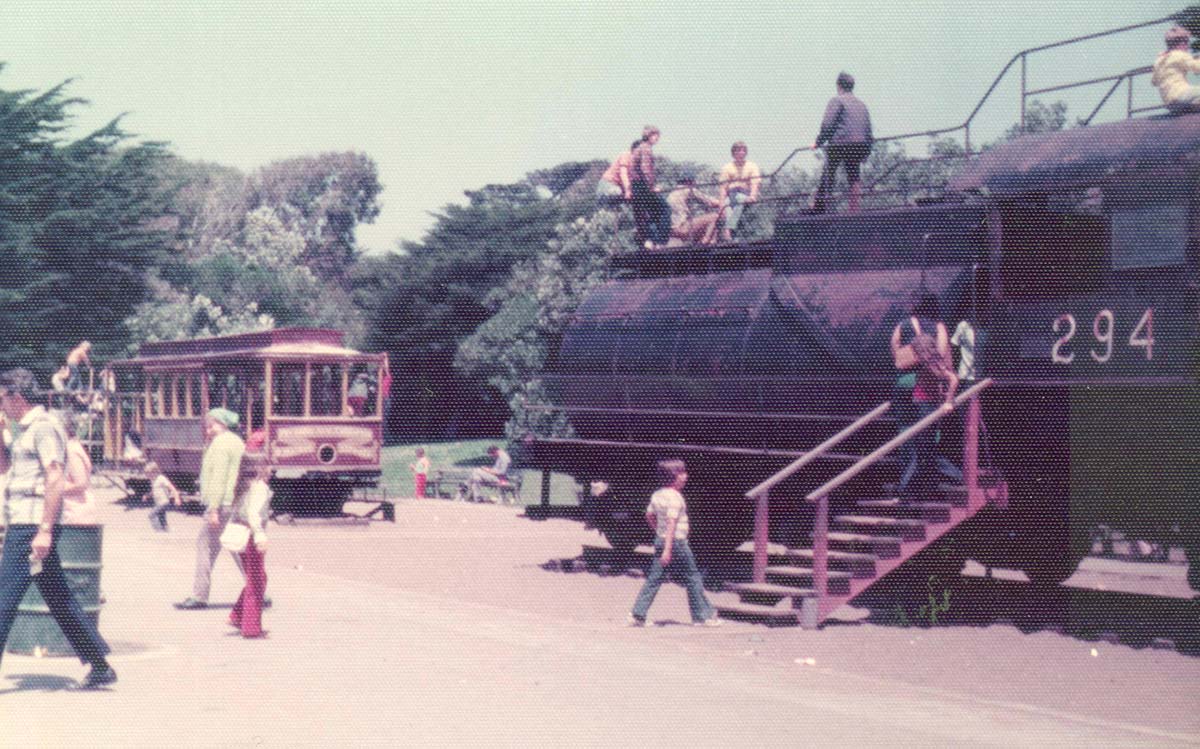
The Mother’s Building was a gift shop with toy animals, pirate swords, and rubber-band guns. The playground sprawling out to the east had a cable car and giant locomotive engine you could climb over. Zoo trains, long strings of canopied touring cars painted in zebra or tiger stripes, lined up for passengers. The carousel beckoned just beyond them.
And then there was the eccentric fairy tale castle with a statue of Rapunzel dangling two braided ponytails from a balcony: the entrance to Storyland.

Designed by Don Clever in partnership with architect Joe Francis Ward and landscaper Prentiss French, Storyland was three and a half acres of winding paths elaborated with buildings and statues from Mother Goose rhymes and classic fairy tales. The Rapunzel’s Castle entrance set the kid-zone tone. Only children could manage the low drawbridge door. Adults had to walk around the side of it.
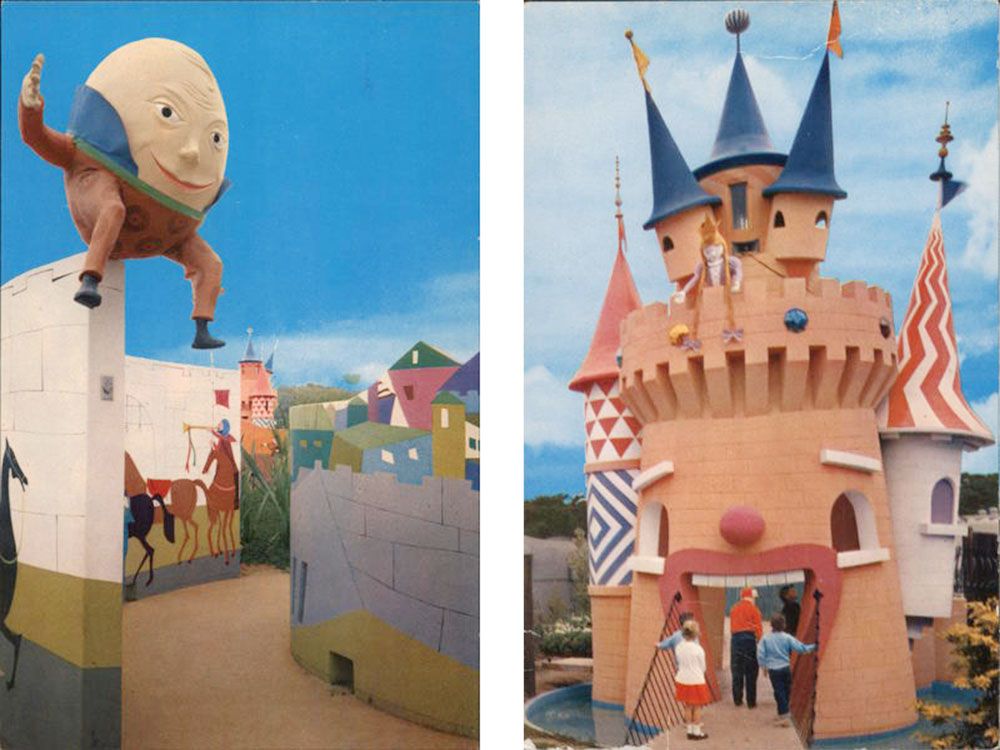
Once you breached the gates, a storybook village lay at your disposal. You could climb into the house of the old woman who lived in a shoe (really a boot) and exit via a playground slide. Toddlers could easily climb atop one of the very large mice pulling Cinderella’s pumpkin coach.
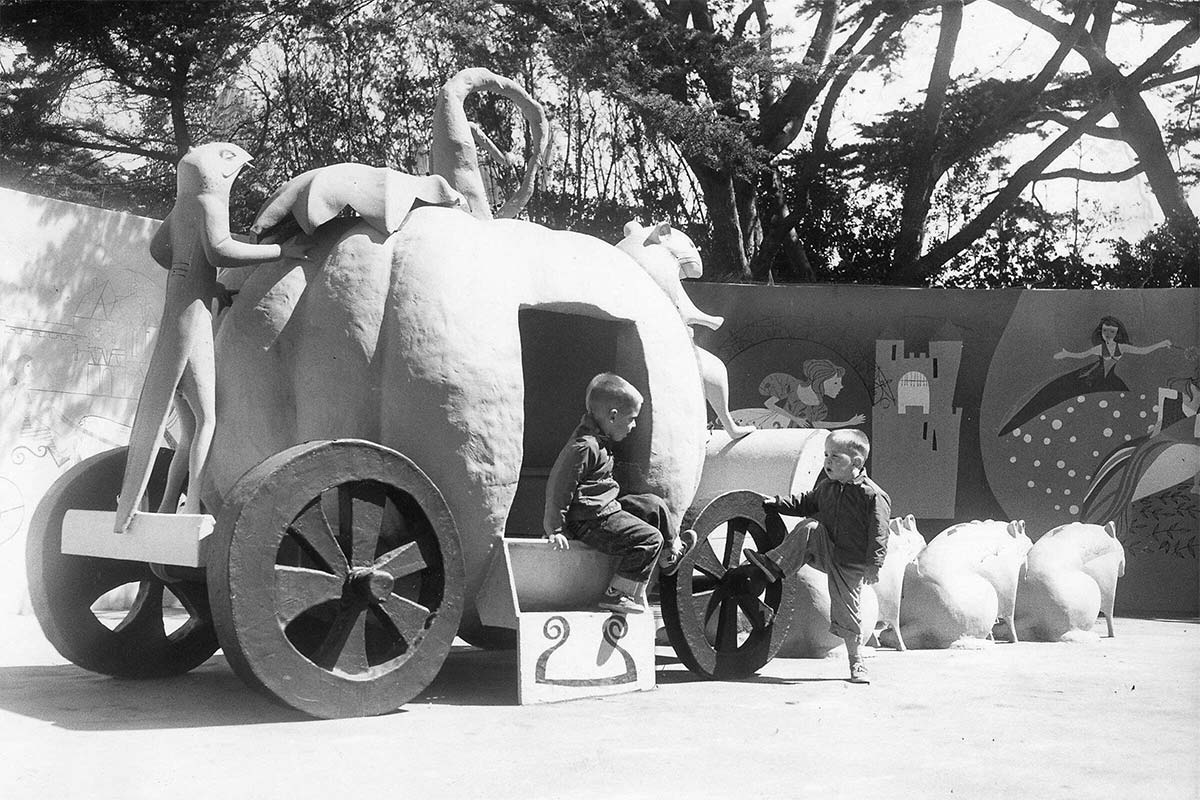
Humpty Dumpty was out of reach atop his wall. Alice made her trip through Wonderland in a series of murals. It was only a little scary to peek inside the house of Little Red Riding Hood’s grandmother and see the Big Bad Wolf (wearing a bonnet) in her bed.
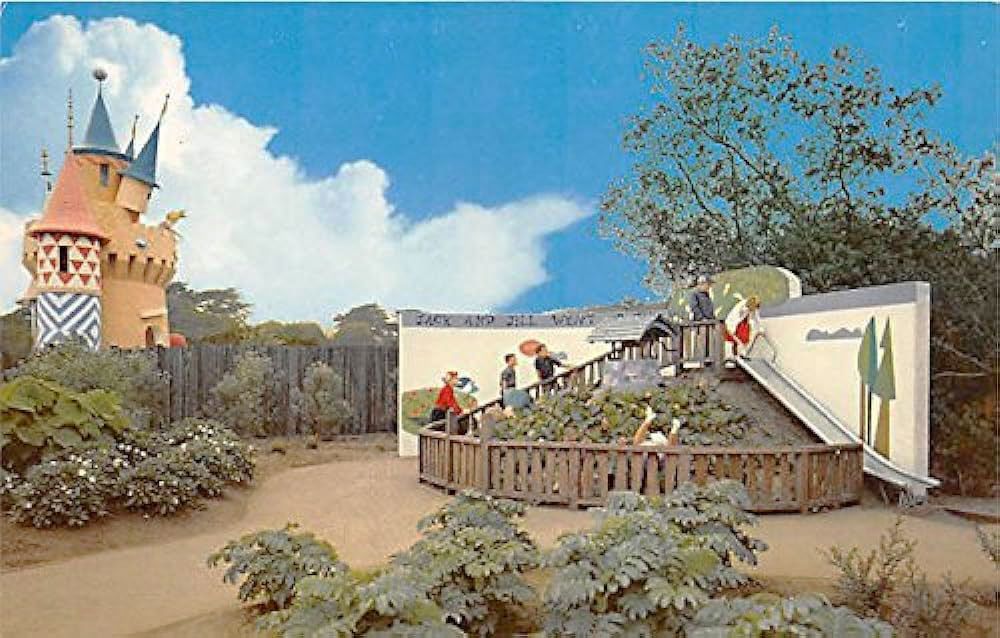
Some of the exhibits had action (I believe the Big Bad Wolf head wobbled back and forth), but this was not the animatronic Mr. Lincoln talking to us at Disneyland. You had a few speakers playing recorded nursery rhymes and your imagination. Despite the low-fi special effects, I loved walking through the castle, climbing the shoe-house, and crawling into the oven in the witch’s gingerbread house. (I was an architecture buff even as a kid.)
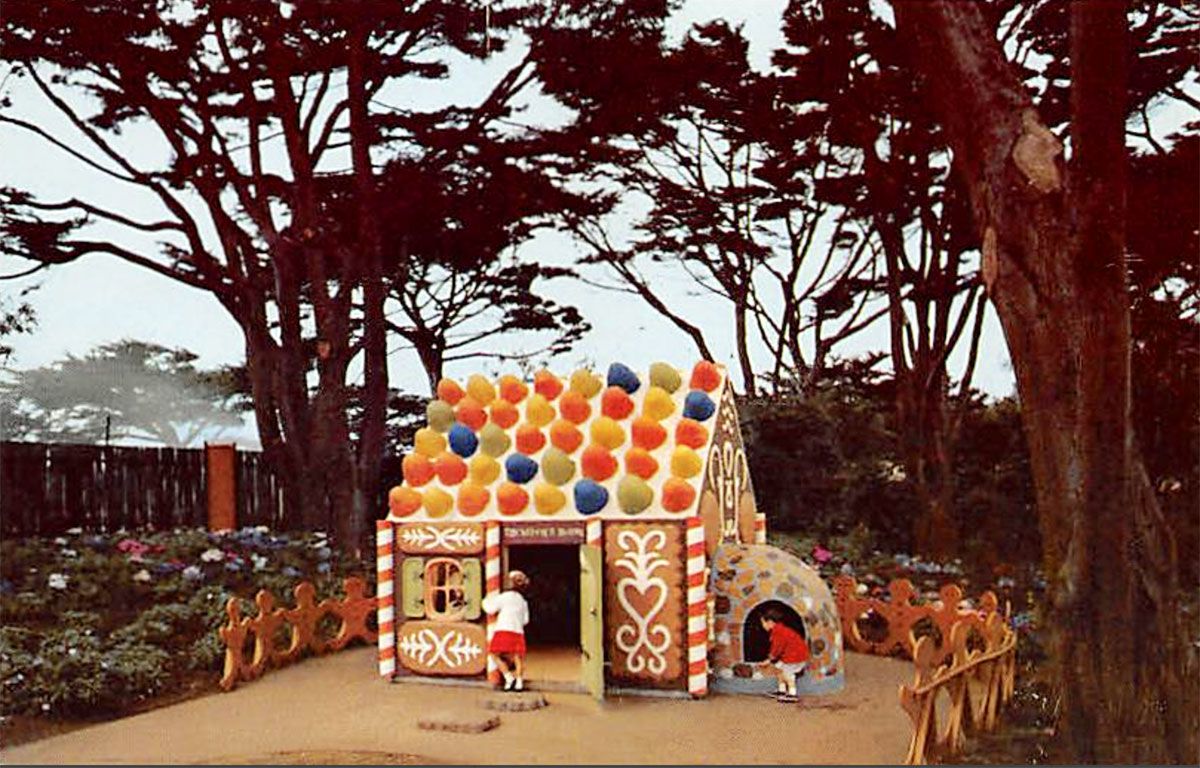
Storyland opened July 25, 1959. The city put up half of the $200,000 cost to create it with the rest split between donations from Municipal Judge Francis McCarty and the estate of Herbert F. Fleishhacker. While the zoo was free of charge, Storyland, run as a separate Recreation and Parks Department operation, cost kids a dime and everyone else 15 cents.
Almost 8,000 people attended on opening day and over 200,000 in the first month. (Architect Joe Ward admitted the attraction had a significant problem in its opening weeks: “We’ll be putting in restrooms here on the Storyland area proper just as soon as we get the money.”)
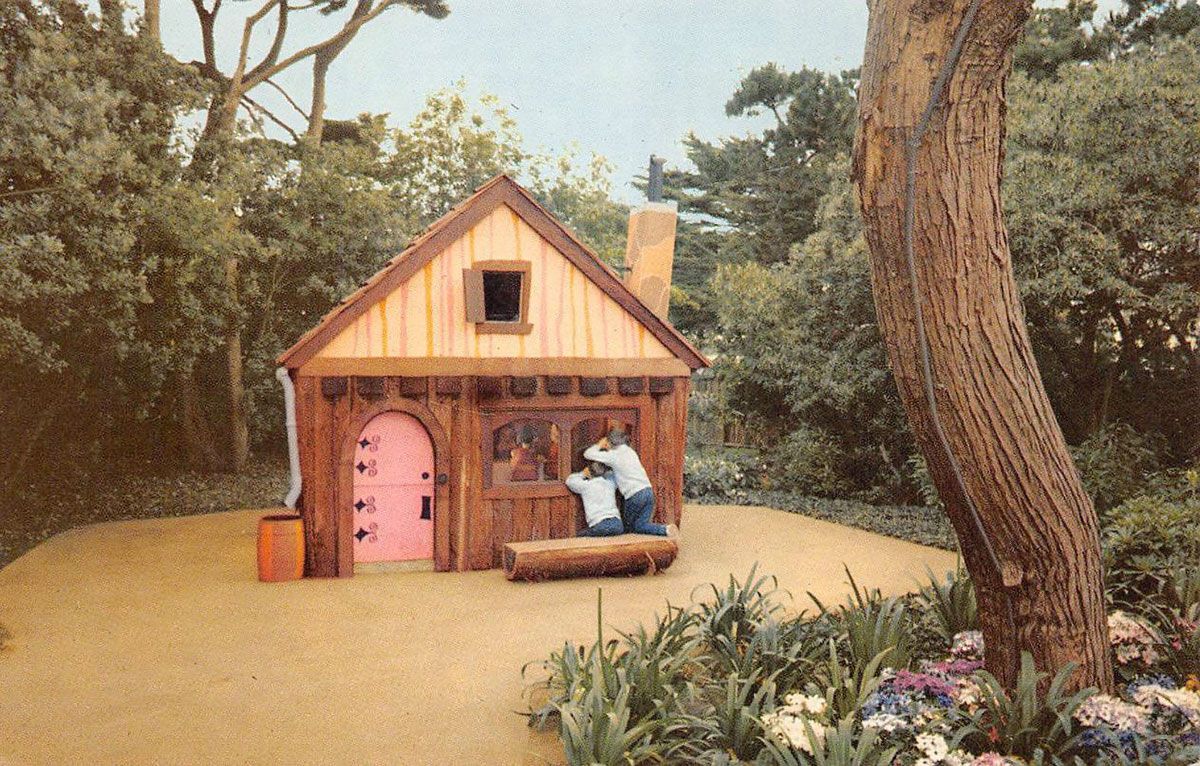
Storyland was inspired by Children’s Fairyland in Oakland, which is still in business today. Many cities jumped on the copyright-free fairy tale bandwagon in the 1950s and 1960s. Fairylands, storylands, and Santa’s Village parks popped up across the country.

In 1964, Rec and Park transferred Storyland operations to the San Francisco Zoo, although it still cost extra to get in (and zoo admission soon stopped being free). By the early 1990s, the fog, the ocean winds, and the shoes of a generation-and-a-half of climbing children had worn the exhibits down to a shabby state. Already shifting its focus from recreation to education, the zoo decided to replace Storyland with a nature trail. The last piece, Rapunzel's Castle, came down in 1996.
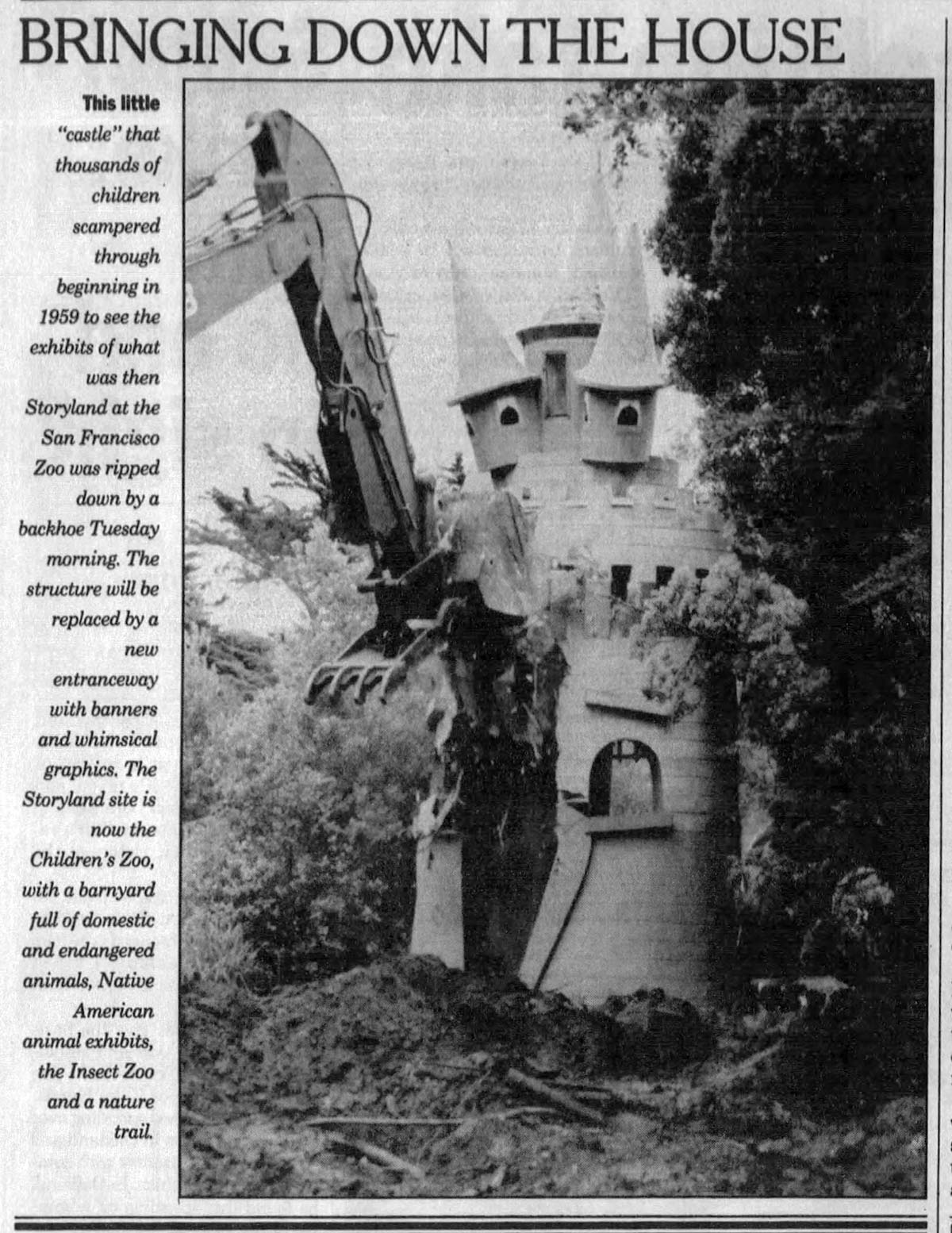
Hundreds, maybe thousands, of birthday parties took place in Storyland. How many color Polaroid photos are out there of kids posing with the three bears or Jack Sprat?
I think I’ve just about gotten over my obsession with goat cart photos, so pull out your shoe boxes and share some of your Storyland photos with me.
Woody Beer and Coffee Fund

Thanks to Ed F. (F.O.W.) for contributing to the Woody Beer and Coffee Fund, an enterprise with the important mission of getting me out and about, saying “the drinks are on me,” just like in the movies. Chip in, if you are able, and let me know when you are free!
Sources
“‘Storyland’ Plan Okayed by Park Board,” San Francisco Chronicle, May 14, 1953, pg. 11.
“Storyland Delights the Small Fry as Crowds Jam Park,” San Francisco Examiner, August 16, 1959, pg. 3.
“Bringing Down the House,” San Francisco Examiner, March 13, 1996, pg. A-4.

